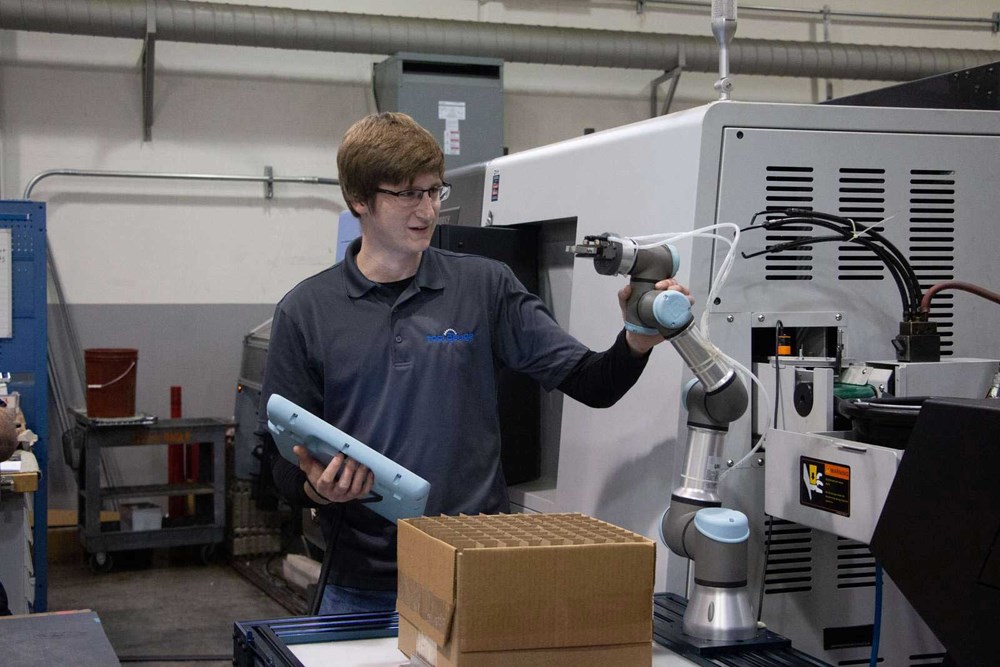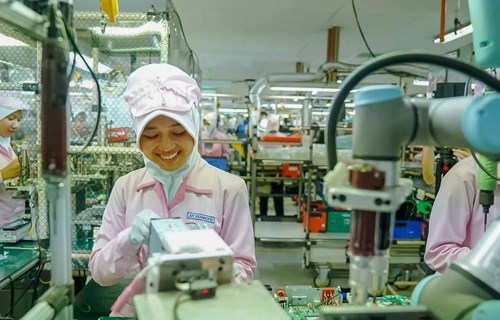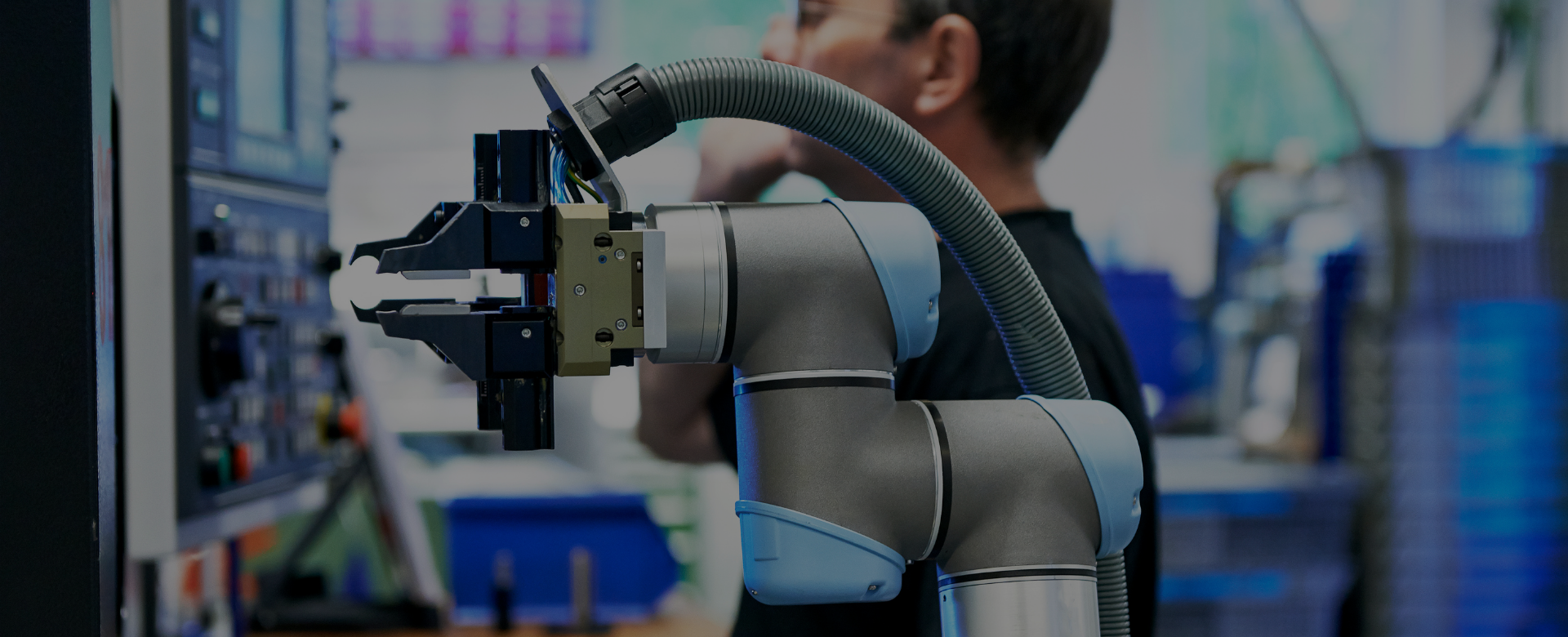The Truth Behind 6 Cobot Myths
1. Cobots are not industrial robots
Cobots were designed to be lightweight and easy to use, but today’s cobots are also powerful industrial tools that can be integrated with existing machinery and other robots through PLCs and sophisticated programming software.
2. Cobots are the only collaborative robots
Almost any robot can claim to be collaborative with the appropriate safety mechanisms in place (per the ISO/TS 15066 standard). But cobots are the only robots that were designed specifically to work alongside humans, and that also provide the versatility, user-friendliness, small footprint, and affordability that help define collaborative robotics.
3. Cobots are always safe to use next to human workers
Every automated application where humans are present requires a risk assessment—and that includes cobots. Based on the assessment, a collaborative application may still require safety mechanisms such as light curtains, safety mats, or reduced robot speed. But cobots are designed to be used within a collaborative workspace and have built-in safety mechanisms to support this use. A vast majority of Universal Robots cobots are used without safety cages.
4 Cobots result in people getting fired
With the U.S. unemployment rate remaining at 3.5 percent, the lowest in 50 years, 10,000 baby boomers retiring every day in the U.S. and few millennials interested in joining the manufacturing industry, cobots do not replace workers, they staff the repetitive tasks companies simply can’t fill. With cobots, manufacturers can reduce the number of human workers required for monotonous or injury-prone tasks and redeploy them into higher-value jobs. Often, the arrival of cobots significantly boosts manufacturers’ global competitiveness, enabling them to outbid competitors in low-wage countries, reshore work, and hire more people locally.
5. Cobots are slow
With extra safety devices installed, such as safety mats or light curtains, a cobot can work faster than a human and then either stop or reduce speed once a person enters the work envelope. Even in applications that handle tasks at the same speed as an employee would, cobots do so consistently without stopping or slowing down over time, which typically increases productivity and quality
6. Cobots are not ideal for precision handling
Cobots are suitable for very precise finishing, assembly, and electronics tasks. Universal Robots’ e-Series cobots now feature repeatability of 30 micron (0.03mm) in the UR3e and UR5e models and 50 micron (0.05mm) in the UR10e and UR16e. With built-in, tool-centric force/torque sensor the e-Series can handle applications where force-feedback is paramount in order to obtain uniform results and repeatability.














